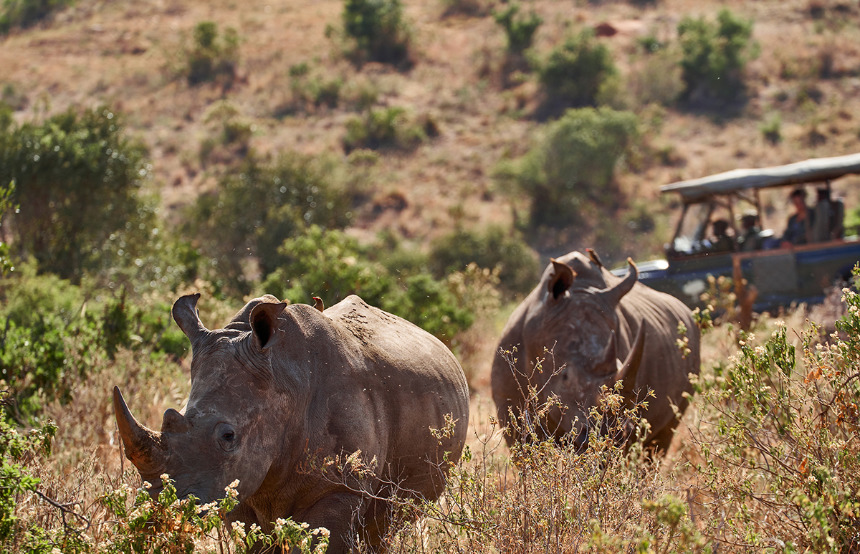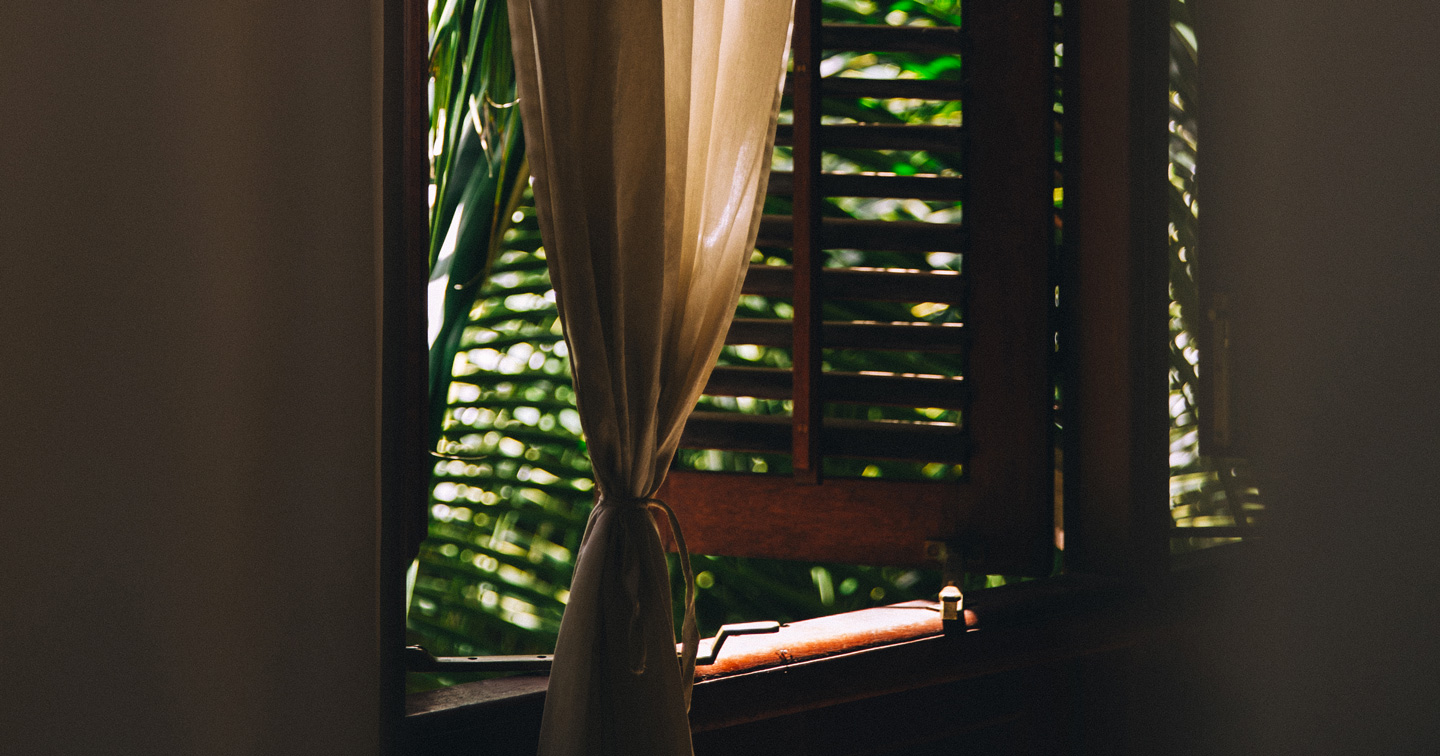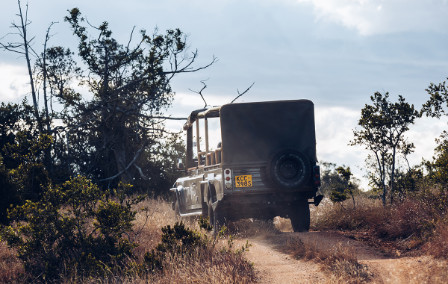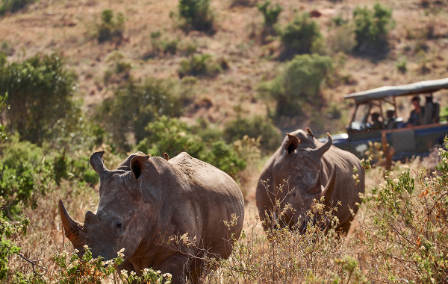
Published 6th Aug. 2025
Written by Amy Larsen
Reading time
Big changes are on the horizon for Kenya safaris, particularly in the Maasai Mara Reserve. But fear not, we think this is for the best. From reducing visitor numbers to pausing new lodge developments, these improvements will prevent overcrowding and enhance the Mara’s exclusivity. With landscapes as varied as its wildlife, it’s no wonder Kenya holidays are synonymous with safari adventures, and these changes will make them all the more special. Already planning your next trip? Read on to find out how Kenya safaris are evolving...
Worried about crowds photo-bombing your safari shots and imposing on your view? The limitations on vehicles and visitors in the Maasai Mara Reserve will likely be a welcome relief. Expected to take effect during peak migration season, these changes will reduce overcrowding, providing you with a more authentic experience of one of the world’s most epic natural spectacles. This will also help prevent human disruptions to wildlife migration routes, an issue that has sadly cropped up at other popular reserves.

Image by Jamie Armstrong
In the Maasai Mara, self-driving safaris are now a thing of the past. We think it’s better to let the experts take the wheel anyway (especially with lions roaming around…). Only licensed tour operators can drive you around the reserve, preventing people without guiding qualifications from accessing the Mara. Not only do these restrictions protect animal welfare, but they maintain the exclusivity of the park.

Image by Olivier Romano
Let’s talk money. In 2024, the Maasai Mara Reserve raised its park fees, a decision aimed at improving wildlife protection. While future increases are possible, this shift should help discourage more budget safari providers who may not prioritise animal conservation. Keen to keep the costs low? We always recommend staying in the conservancies bordering the park. These community-owned areas are dedicated to conservation, offering quiet and uncrowded wildlife spotting at a lower price.

Image by Jamie Armstrong
To maintain the Maasai Mara’s exclusivity and help preserve the natural environment, a moratorium on new lodge developments was put in place in 2023 and remains in effect. With the reserve already home to plenty of properties, this change ensures a more authentic safari experience and protects the wildlife further. After all, who wants to be fighting for space to spot the Big Five? This decision is to conserve the reserve’s wildlife, ensuring the Mara remains a peaceful place where guests can enjoy spectacular animal spotting without hordes of people.

Image by Jamie Armstrong
Written by Amy Larsen | Header Image by Brian Siambi/Lengishu Villa Privative

Using firsthand knowledge to tailor your trip to Kenya, our team focus on providing an experience that positively impacts communities, away from the tourist trail. We know the best places to learn first-hand about the Maasai culture, which lodges best cater to families and the most romantic sundowner spots in the Serengeti for your honeymoon. And when it comes to spotting everything from the Big Five to the Tiny Five and even the Ugly Five, our intel is invaluable. Our in-country Concierge is brimming with knowledge and can suggest experiences and restaurants that match your interests, no matter how obscure.
ENQUIRE NOWPractical advice and inspiration for your next trip

Deep in Kenya’s Namunyak Conservancy is where you’ll find the Reteti Elephant Sanctuary. Founded in 2017, the Samburu community-owned sanctuary has quickly established itself as a widely recognised and expanding grassroots movement with plenty of success stories. Our Africa specialist, Jamie, had the opportunity to witness their work first-hand and came back so impressed that she believes every trip to the northern reaches of Kenya should feature a visit to Reteti from now on.
12th June 2024 - Kenya Conservation

Kenya is renowned for having some of Africa’s most sensational safari experiences, something our Africa specialist Jamie can confidently vouch for. On a recent trip to this colourful country, she sampled game drives while staying in luxury camps, visited community-founded elephant sanctuaries and immersed herself in the Maasai culture. Whether you’re a seasoned wildlife spotter or new to the world of safaris, read on to discover Jamie’s top tips for an enriching trip to Kenya.
18th April 2024 - Kenya Travel Tips

Big changes are on the horizon for Kenya safaris, particularly in the Maasai Mara Reserve. But fear not, we think this is for the best. From reducing visitor numbers to pausing new lodge developments, these improvements will prevent overcrowding and enhance the Mara’s exclusivity. With landscapes as varied as its wildlife, it’s no wonder Kenya holidays are synonymous with safari adventures, and these changes will make them all the more special.
6th August 2025 - Kenya Travel Inspiration

Our team of destination experts will get to know you and your unique requirements for your holiday

We work with you to build an ultra-personalised holiday itinerary with your choice of accommodation, experiences and activities

All of our holidays include little extras designed to make a big difference to your trip, from fast-tracking you through airport check-in and security to our network of local Concierges